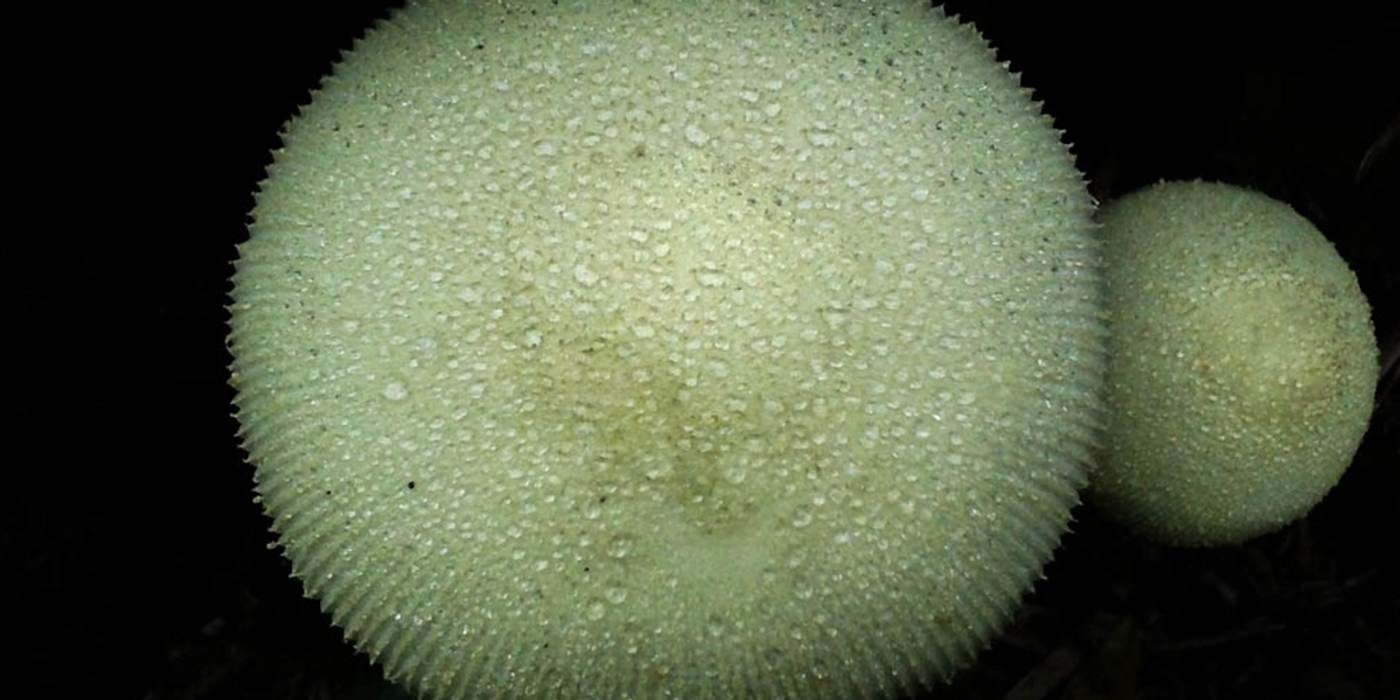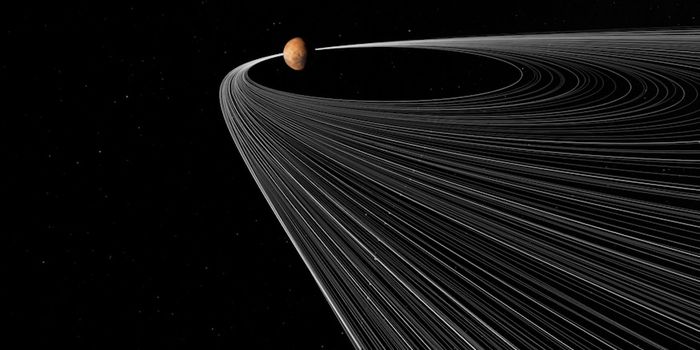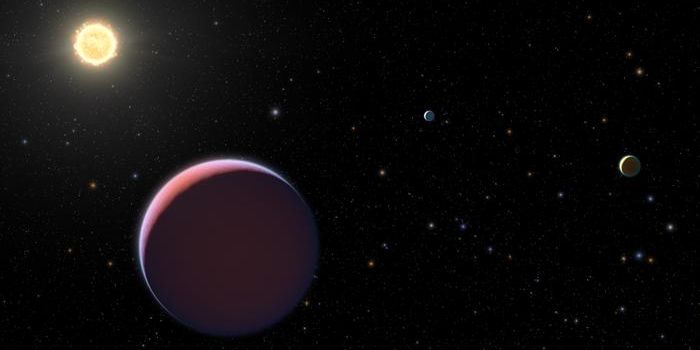Did Scientists Just Find Mushrooms on Mars?
While experts agree that most life on Earth would not be able to survive on Mars, NASA researchers have previously suggested that some types of microbes, like black mold fungus, may be an exception. Now, a group of researchers from multiple countries and institutions have reported finding signs of mushroom life on Mars from pictures taken by various Mars missions.
The researchers’ claims are based on over 40 images taken by NASA’s Opportunity and Curiosity rovers, alongside the agency’s HiRISE high-resolution camera attached to the Mars Reconnaissance Orbiter. The photos, they say, show sequential growth of what seems to be some sort of Martian fungus in the soil.
Even after being ‘obliterated’ by the rover wheels, they reportedly observed spherical fungus-like specimens, alongside some with stalks, 'growing back' on top of the rovers' old tracks. They also noted that black fungi-bacteria-like specimens even appeared on top of the rovers.
The researchers say that the possibility of fungus on the red planet may explain why thousands of black arctic araneiforms, or spider-like formations, grow up to 300 meters every Spring on the planet and then disappear by Winter. They say the patches may represent colonies of black fungi, lichens, algae, mould, methanogens and sulfur-reducing species.
While this paper has been met with much interest by the media, it has been met with scepticism by experts. In particular, they say the research team used inaccurate methodology, and that spotting similarities in photographs can not be taken as evidence of life on Mars.
Zoey Yang, the managing editor of Advances in Microbiology, the journal to which the paper was submitted, said the paper had undergone double-blinded peer review after submission. She added that, before publication, the paper underwent four revisions as suggested by four reviews from four different reviewers.
Nevertheless, some completely negate the study's results. Jonathan Clarke, a geologist who, although not involved in the research, studies Mars and Mars analogs in extreme environments on Earth that resemble Mars, said that the fungal explanation made no sense.
“The conditions on Mars are so extreme that you’re not going to see fungi or any kind of life growing at that sort of speed under conditions like coldness and low air pressure," says Clarke. "Life can barely survive, let alone thrive.”
Clarke went on to say that the spheres described in the paper are more likely to have been made out of leftover hematite, a red iron material, following erosion of surrounding rock. He added that Martian soil contains very little organic matter for fungi to feed on and grow.
Despite the initial claims made in the paper, the researchers noted within it that ‘similarities in morphology are not proof of life’. They further wrote that they ‘cannot completely rule out minerals, weathering, and unknown geological forces that are unique to Mars and unknown and alien to Earth.'
Nevertheless, they still say that the growth, movement and alterations in location and shape of the specimens seen, as well as their morphology, 'strongly support the hypothesis there is life on Mars'.
Sources: Interesting Engineering, SCMP, Popular Mechanics, Advances in Microbiology









